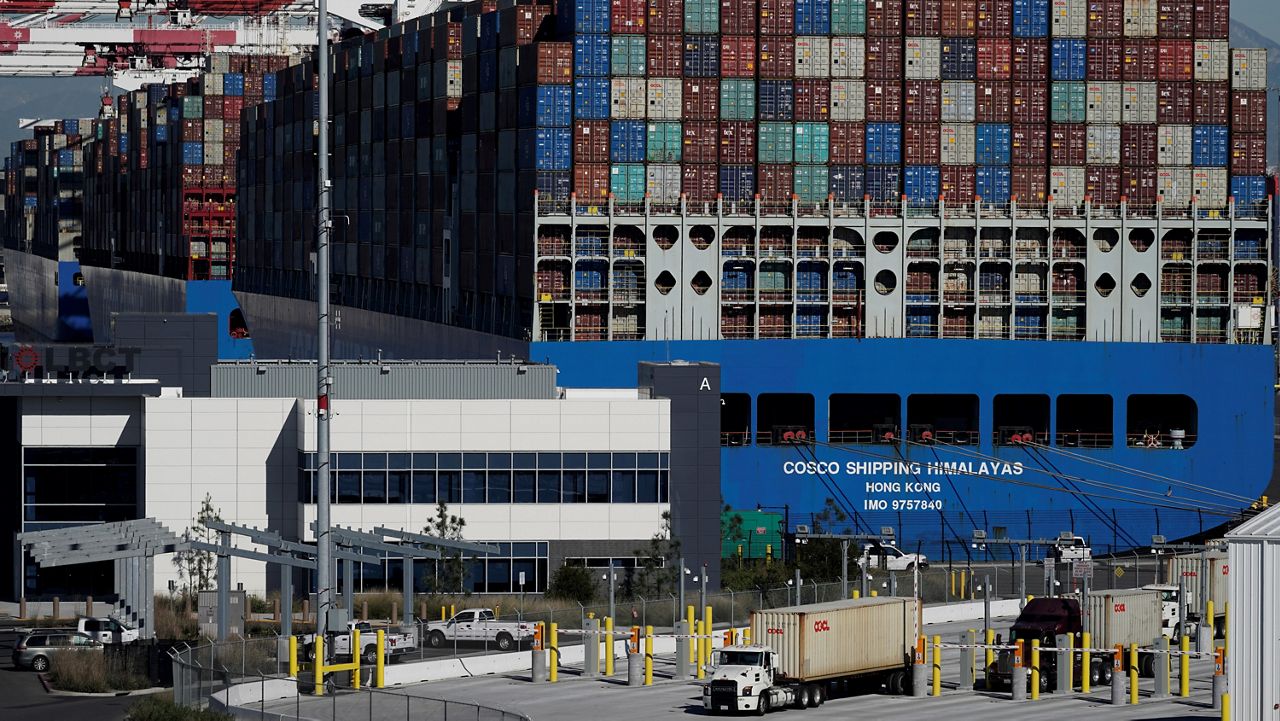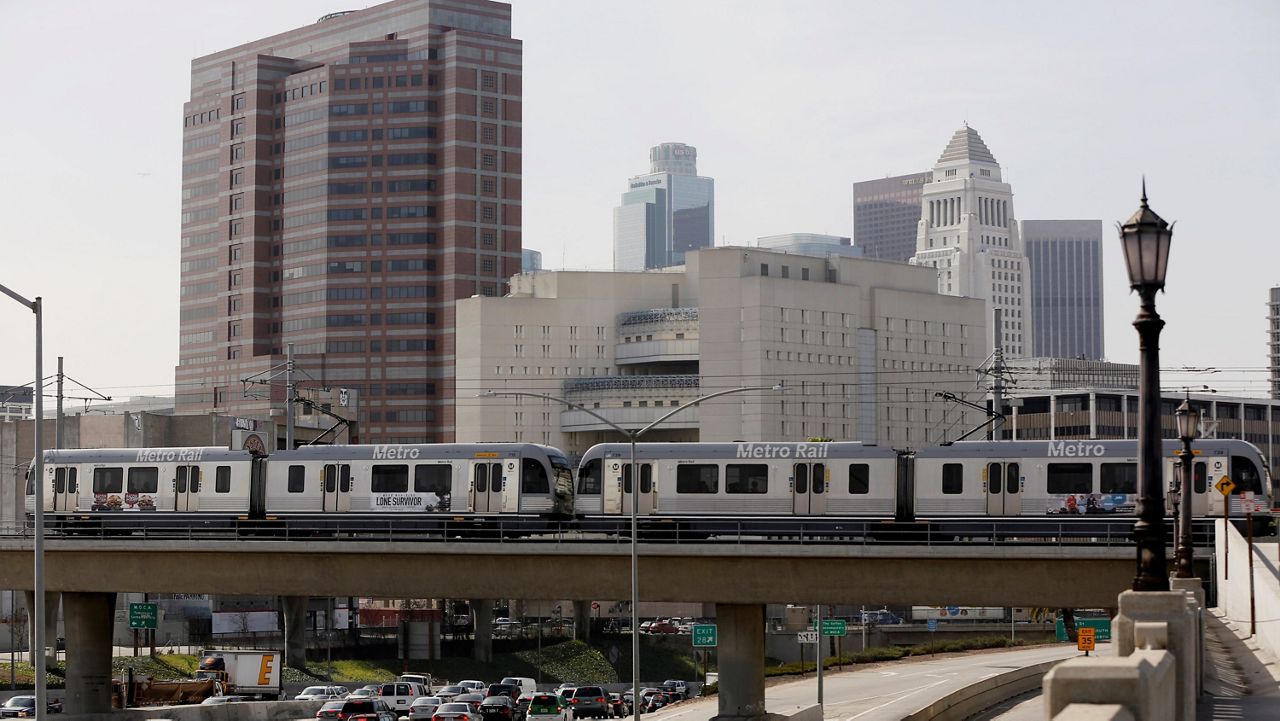LONG BEACH (CNS) — The Port of Long Beach moved more than 9.38 million cargo containers in 2021, marking its best year on record.
What You Need To Know
- The 9.384 million 20-foot equivalent units that were processed at the port in 2021 was a 15.7% increase from the previous record set in 2020, when the port moved 8.11 million TEUs
- Of the total, the port moved 4.581 million imported TEUs, a 14.6% increase, and 1.437 million exported TEUs, a 2.6% decrease
- Empty containers moved through the port increased 27.5%, with 3.364 million TEUs
- The number of ships waiting right off the coast of Los Angeles and Long Beach decreased after the ports changed their queuing process
"This incredible milestone was achieved by the skilled workers who keep goods moving through the supply chain as we continue to seek solutions to improve efficiency, attract business and build for the future," said Port of Long Beach Executive Director Mario Cordero.
"I look forward to enhancing productivity in 2022 by advancing our move toward 24-7 terminal operations, deploying data-sharing technologies for our industry partners and continuing our infrastructure improvements."
Cordero attributes the record volume to evolving consumer spending habits during the pandemic, in which people opted to buy home office supplies, furniture and exercise equipment instead of using their money for vacations and entertainment.
The 9.384 million 20-foot equivalent units that were processed at the port in 2021 was a 15.7% increase from the previous record set in 2020, when the port moved 8.11 million TEUs. Of the total, the port moved 4.581 million imported TEUs, a 14.6% increase, and 1.437 million exported TEUs, a 2.6% decrease.
Empty containers moved through the port increased 27.5%, with 3.364 million TEUs.
"The ongoing collaboration with our labor force and industry partners lifted us to this extraordinary record during a challenging time," said Steven Neal, president of the Long Beach Board of Harbor Commissioners. "We anticipate further collaboration in 2022 as we work toward developing immediate and long-term solutions that will alleviate congestion at our port complex."
While the number of containers processed at the port increased, the total number of container vessels decreased from 1,042 vessels in 2020 to 980 in 2021. The port said the decrease was due to the elimination of "dual calls" for some shipping services that traveled throughout the West Coast.
In recent months, the San Pedro port complex has experienced a backlog of ships waiting to get into the port, prompting attention from the White House and a move to 24/7 operations. At the time, there were about 70 ships waiting to get into one of the ports.
The number of ships waiting right off the coast of Los Angeles and Long Beach decreased after the ports changed their queuing process, now allowing ships leaving Asia to get in line upon departure, which allows ships to no longer race to get to the ports and instead anchor outside the region's air quality basin as they wait for their turn to enter.
To combat the backlog, the ports announced fees on companies that have import containers lingering at marine terminals, but the fee has been repeatedly delayed due to progress reducing the number of containers. On Friday, the ports announced a 55% combined decline in aging cargo since the fee was announced on Oct. 25. The policy to implement fees was developed in coordination with the Supply Chain Disruptions Task Force, the U.S. Department of Transportation, the Port of Long Beach and supply chain stakeholders.










